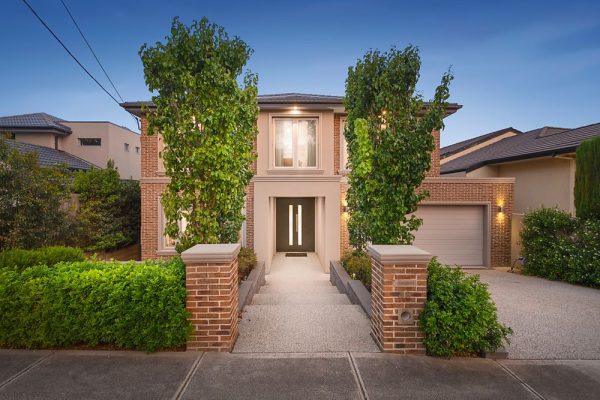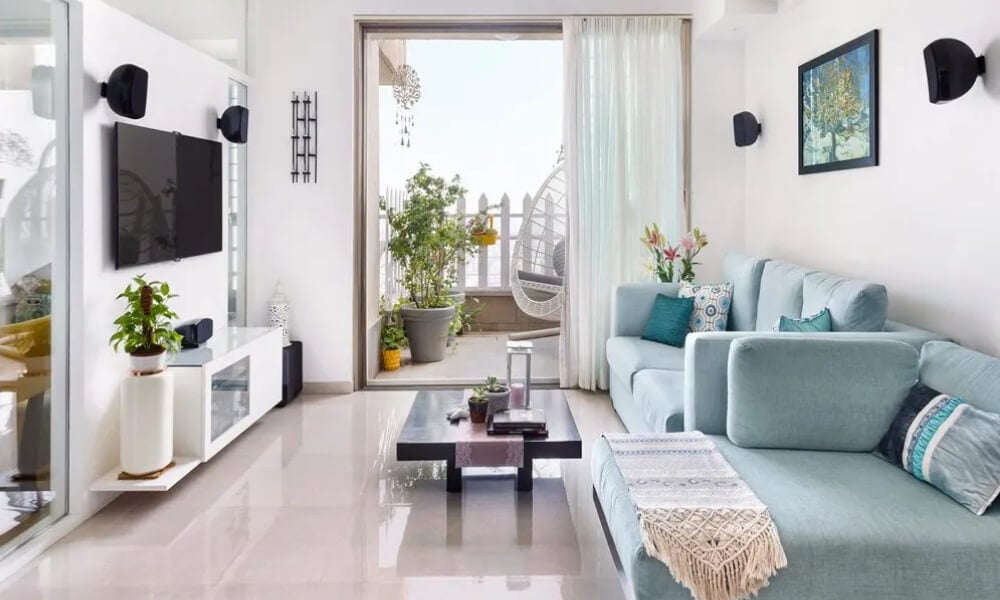In today’s world, where energy consumption and environmental sustainability are key concerns, the concept of energy-efficient home design and building materials has gained significant importance. With a growing emphasis on reducing carbon footprints and conserving natural resources, homeowners and builders are increasingly opting for energy-efficient solutions that not only save money but also contribute to a greener future.
Energy-Efficient Home Design

hiring-custom-builder-melbourne
Energy-efficient home design focuses on maximizing energy conservation and minimizing energy waste. Here are some key design elements:
- Insulation: Proper insulation helps maintain indoor temperatures, reducing reliance on heating and cooling systems. Insulating walls, roofs, and floors can significantly reduce energy consumption.
- Orientation: Designing homes to take advantage of natural light and heat can reduce the need for artificial lighting and heating. Orienting windows and rooms towards the sun’s path can help capture natural warmth and light.
- Passive Solar Design: Passive solar design utilizes the sun’s energy to heat and cool a home. This includes features such as strategically placed windows, thermal mass, and shading devices that optimize solar gain during winter and minimize it during summer.
- Energy-Efficient Appliances: Using energy-efficient appliances, such as refrigerators, washing machines, and air conditioning units, can significantly reduce overall energy consumption.
Energy-Efficient Building Materials
The choice of building materials plays a crucial role in creating energy-efficient homes. Here are some examples of energy-efficient building materials:
- Insulated Concrete Forms (ICFs): ICFs are made of lightweight, expanded polystyrene (EPS) foam that is reinforced with steel. These forms are stacked together to create walls, providing excellent insulation, reducing air leakage, and enhancing energy efficiency.
- Structural Insulated Panels (SIPs): SIPs are composed of two outer layers of structural board, such as oriented strand board (OSB), and an insulating foam core. These panels offer superior insulation and strength, reducing energy consumption and providing airtight construction.
- Low-E Windows: Low-emissivity (Low-E) windows have a thin coating that reflects heat, reducing energy loss through windows. They help maintain comfortable indoor temperatures while reducing the need for heating or cooling.
- Green Insulation Materials: Environmentally friendly insulation materials, such as cellulose, cotton, and wool, offer excellent thermal performance while minimizing the use of synthetic materials.
By integrating energy-efficient home design principles and utilizing sustainable building materials, homeowners can enjoy numerous benefits. These include reduced energy bills, increased comfort through improved temperature regulation, and a smaller environmental footprint.
Energy-efficient home design and building materials play a vital role in creating sustainable and eco-friendly living spaces. By utilizing these practices, homeowners can contribute to a greener future while enjoying the advantages of reduced energy consumption and increased comfort.

